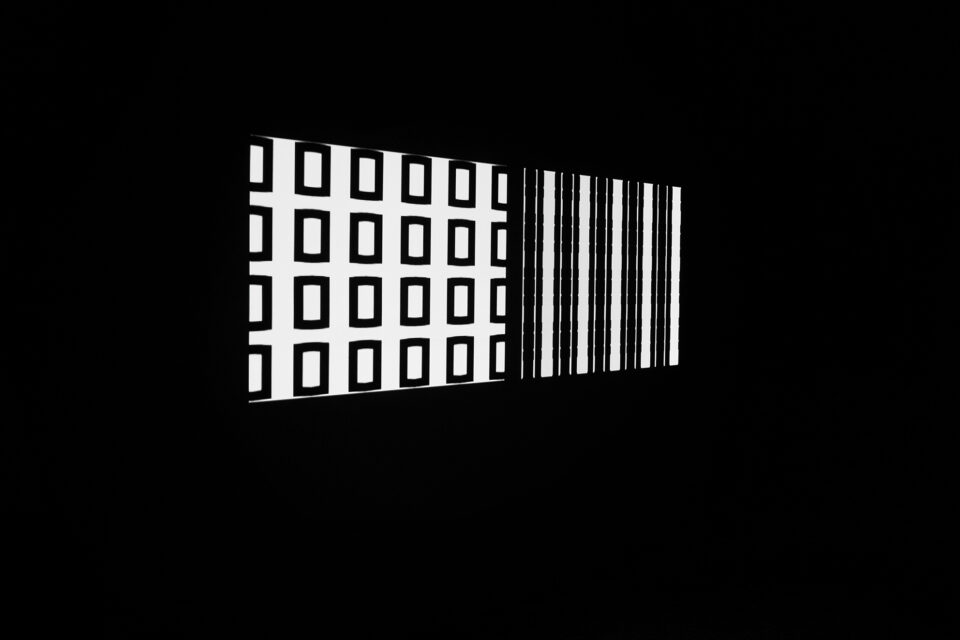Modal Patterns
“More than the sum of its parts.” This key formula from gestalt psychology nowadays constitutes a universally applicable platitude, whether in politics, aspects of society, ecological concerns or the arts. The phrase is trotted out on every occasion, implying that, though the individual is important, he or she or it can never account for the larger whole, the underlying idea being that it is the higher context that allocates the individual component its place, regardless of the latter’s innate qualities. In politics and society, this insight has gone hand in hand with the slow discovery of globality – an abstract and in principle intangible structure that can in no way be derived from the plethora of scattered local arenas. In the arts, there has been a similar change of paradigm in recent decades. It is not the individual work that is responsible for its effect – the artistic work must be understood first of all within its context, whatever nature that may be.
Andrés Ramírez Gaviria has taken this concept of “more than the sum of its parts” – which is a kind of mantra for the information society – and carried out a series of transformations on it. For him, this is not just a matter of demonstrating the state of the art of modern data processing in a visually impressive fashion. It is more the case that Modal Patterns places this functioning itself in the context of advanced gestalt recognition, as a kind of recursive trialing of basic gestalt principles with and on itself, without this necessarily leading to self-reflexive convolutions or to wallowing in the fashionable minimalist or elegantly reduced info aesthetics of today. That this is not the case and the ongoing process of generating and decoding patterns serves first and foremost to illustrate and process information matrices is ensured by a series of very precisely co-ordinated translation steps.
To start with, Gaviria takes the core sentence back to its syntactical components, thirteen different letters (some of which occur once, some four times) plus the punctuation marks, period and slash. These fifteen basic symbols are subsequently turned into visuals, i.e. transposed into short animation sequences based on the formal principles of gestalt perception. These consist in turn, for example in relation to the figure-background principle, of white patterns on a black surface (or vice versa). Or, borrowing from the “similarity principle”, they consist of columns of moveable particles, which are perceived either as belonging together or as disjunct. The concern is always the link between the syntactical and word components, in contrast to a reductionist procedure, i.e. “holistic” connections – something that appears downright counter-intuitive as the basic syntactical elements (the letters) in Modal Patterns are in no way traced back to their “nuclear” characteristics. Instead, their functioning has key status in the context of the animation sequence.
But it doesn’t stop there. Gaviria has also transformed the initial sentence anagrammatically, to make a kind of mirror image out of it: “a misshape of truth torments”. The anagram not only contains the original phrase in it, as is confirmed at visualisation level, since it operates with exactly the same fifteen symbols. It also throws up a semantic surplus – “truth torments”, which could refer to the platitudes of a gestalt theory that has become universally applicable; and “misshape”, which can be read as an allusion to the anagrammatic transformation and translation into animation sequences. The misshapen transformation of a flood of truths, and at the same time the successful illustration of elementary principles of information processing as well – that is the gist of what Modal Patterns seems to set out to say.
How can this inner contradiction be resolved? Perhaps not at all. Perhaps it is ineluctably inscribed in the process of visualisation and can only be dissected out in its complexity, the way Gaviria does it.
– Christian Höller


